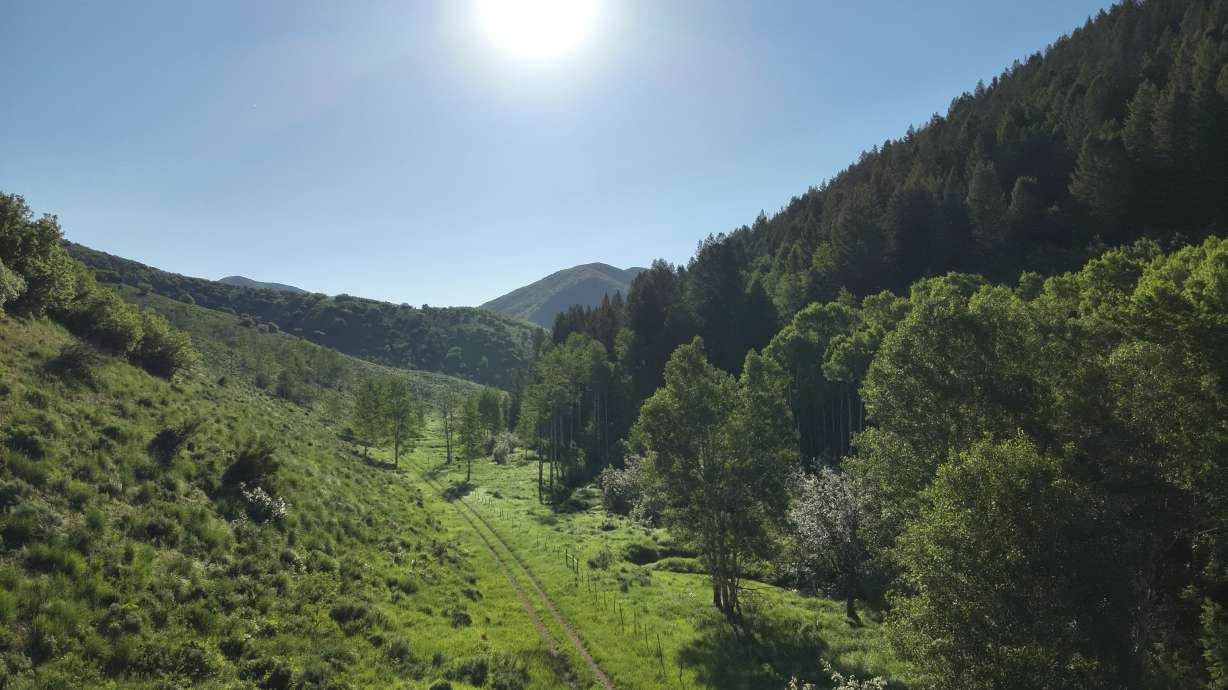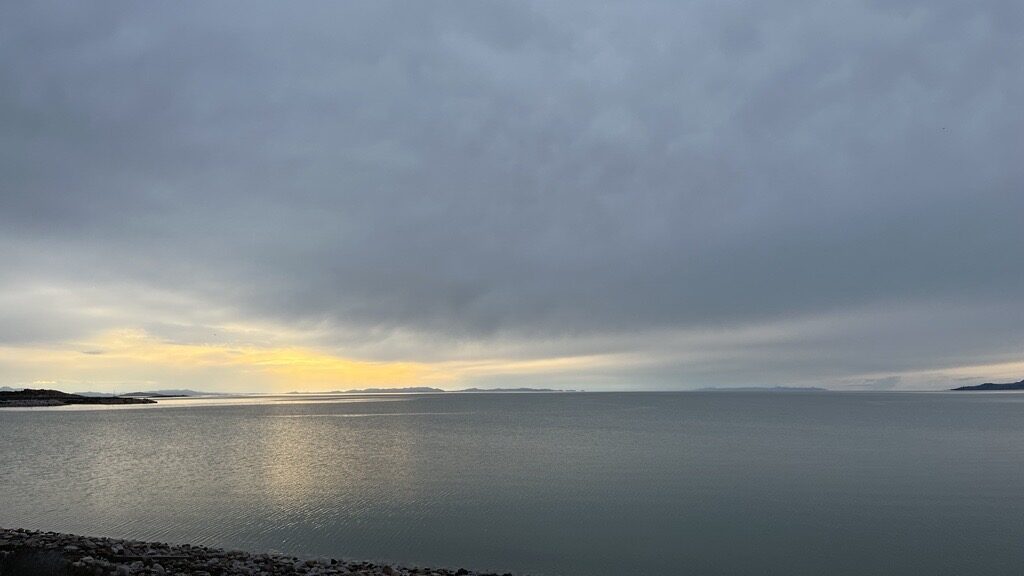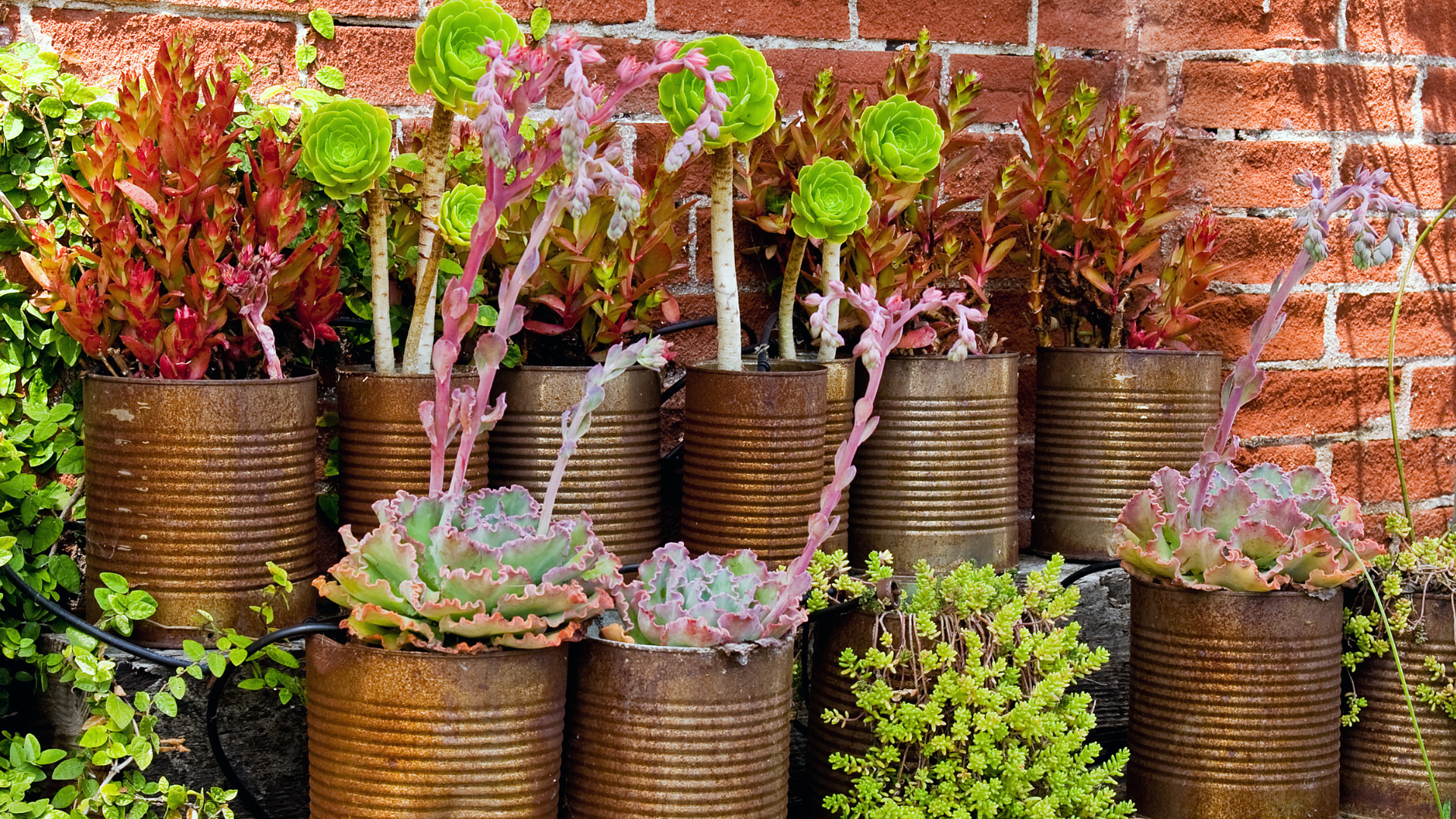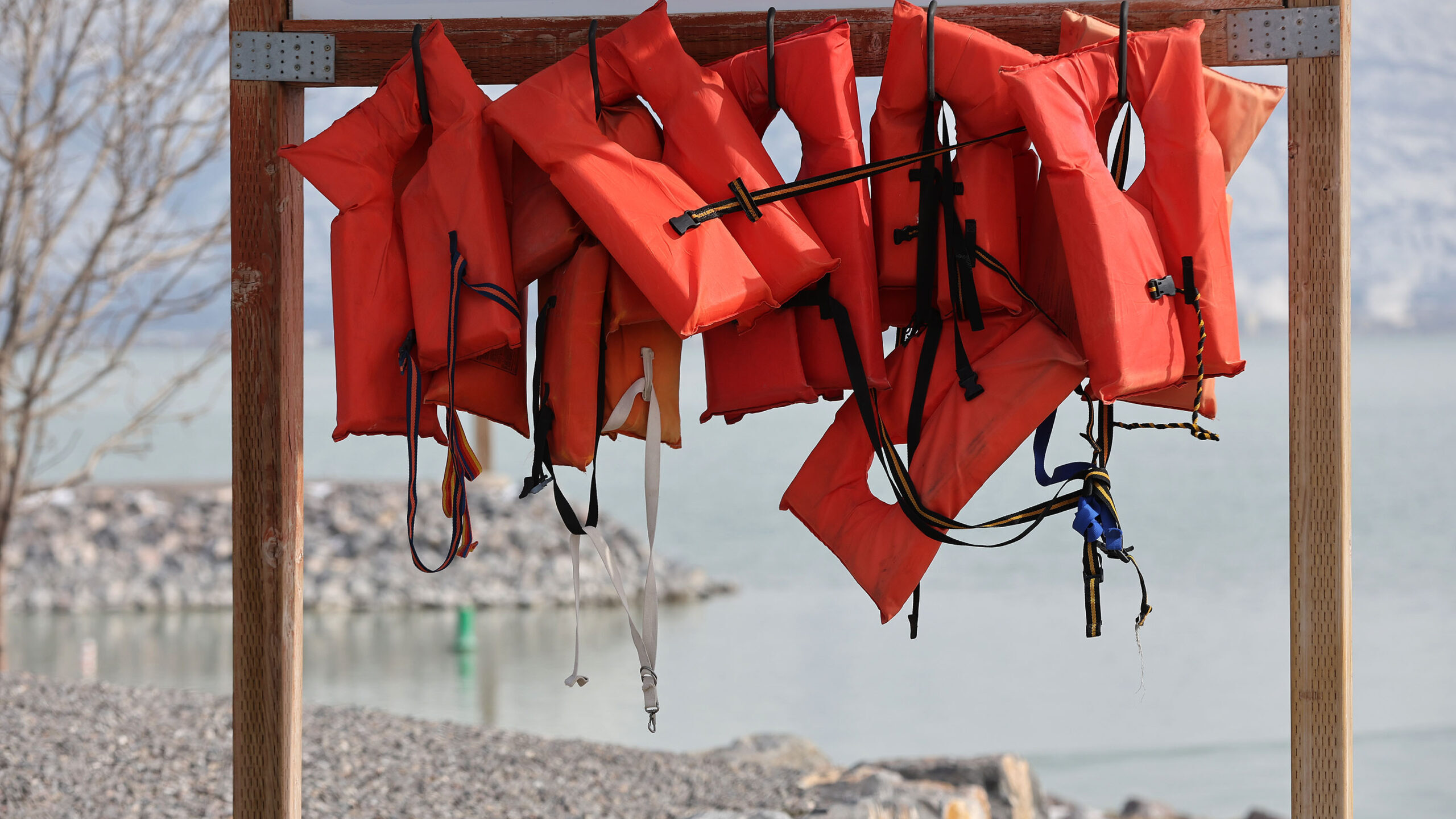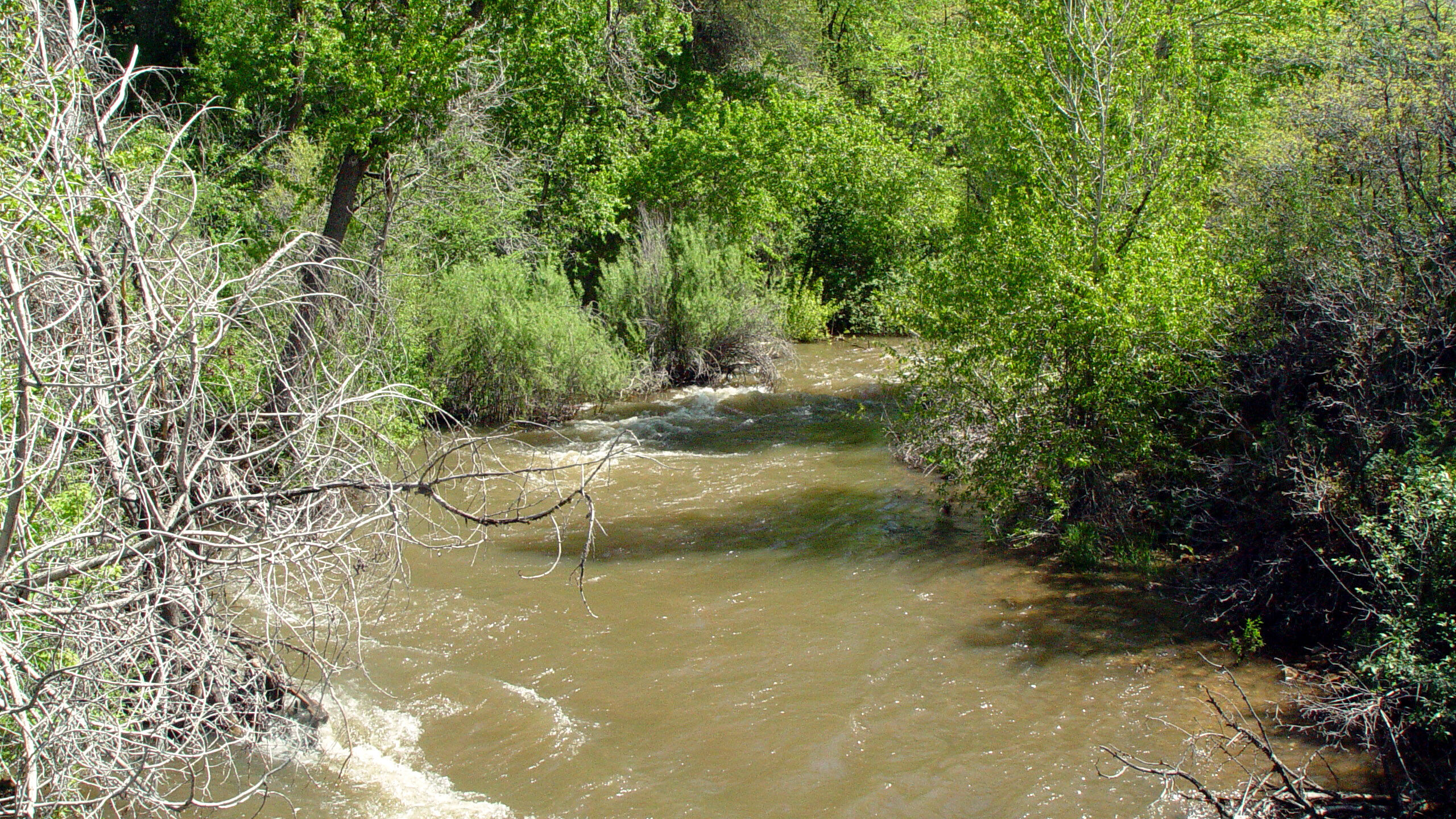‘Like wildfires underwater’: Coral die-off sweeps planet
May 5, 2024, 7:30 AM | Updated: May 6, 2024, 2:05 pm
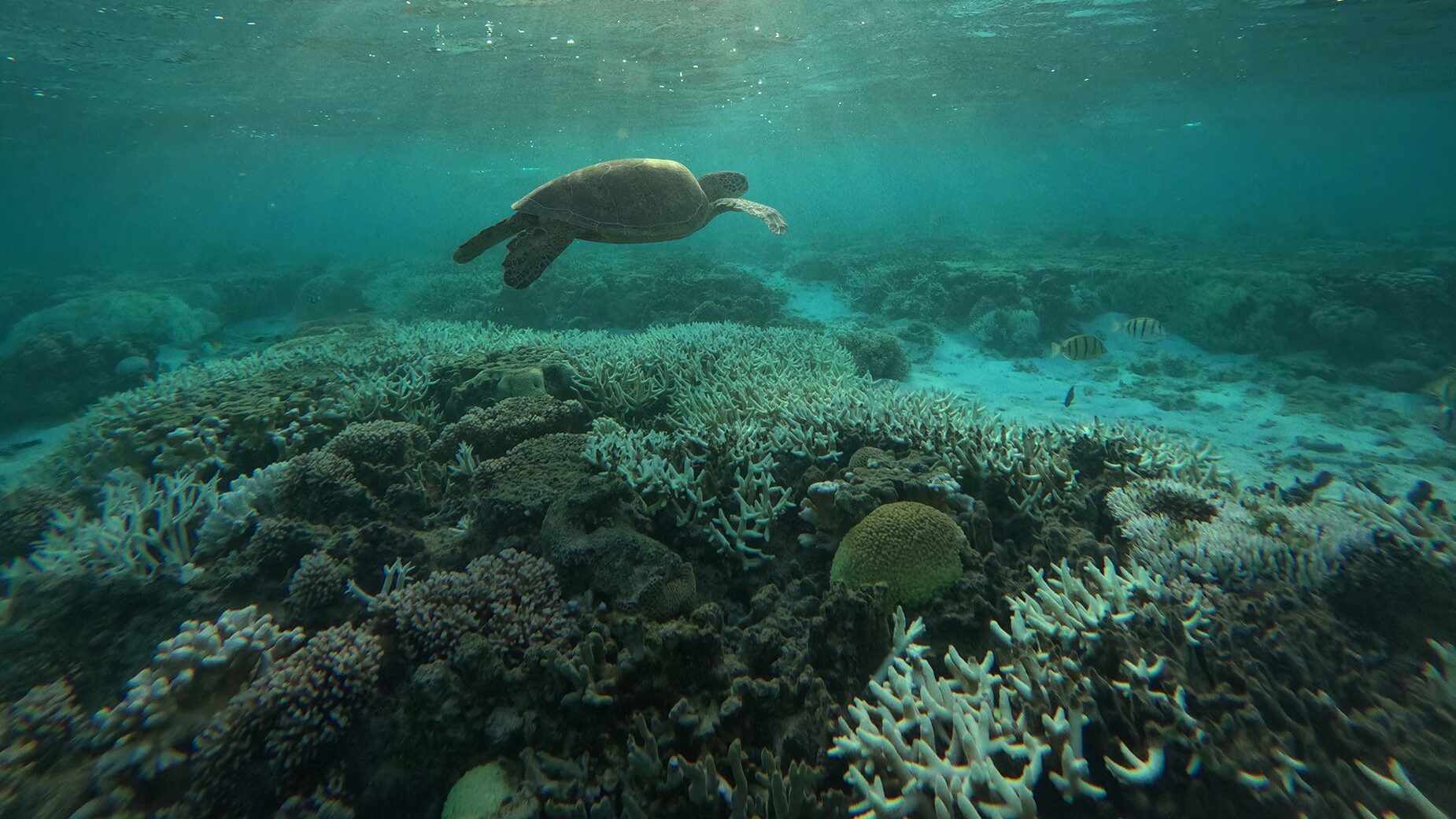
A turtle swims in a shallow lagoon at Lady Elliot Island, off the Queensland Coast.( CNN via CNN Newsource)
( CNN via CNN Newsource)
Great Barrier Reef, Australia (CNN) — As the early-morning sun rises over the Great Barrier Reef, its light pierces the turquoise waters of a shallow lagoon, bringing more than a dozen turtles to life.
These waters that surround Lady Elliot Island, off the eastern coast of Australia, provide some of the most spectacular snorkeling in the world — but they are also on the front line of the climate crisis, as one of the first places to suffer a mass coral-bleaching event that has now spread across the world.
The Great Barrier Reef just experienced its worst summer on record, and the U.S.-based National Oceanic and Atmospheric Administration (NOAA) announced last month that the world is undergoing a rare global mass coral bleaching event — the fourth since the late 1990s — impacting at least 53 countries.
The corals are casualties of surging global temperatures which have smashed historical records in the past year — caused mainly by fossil fuels driving up carbon emissions and accelerated by the El Niño weather pattern, which heats ocean temperatures in this part of the world.
CNN witnessed bleaching on the Great Barrier Reef in mid-February, on five different reefs spanning the northern and southern parts of the 2,300-kilometer (1,400-mile) ecosystem.
“What is happening now in our oceans is like wildfires underwater,” said Kate Quigley, principal research scientist at Australia’s Minderoo Foundation. “We’re going to have so much warming that we’re going to get to a tipping point, and we won’t be able to come back from that.”
Bleaching occurs when marine heatwaves put corals under stress, causing them to expel algae from their tissue, draining their color. Corals can recover from bleaching if the temperatures return to normal, but they will perish if the water stays warmer than usual.
“It’s a die-off,” said Professor Ove Hoegh-Guldberg, a climate scientist at the University of Queensland in Australia and chief scientist at The Great Barrier Reef Foundation. “The temperatures got so warm, they’re off the charts … they never occurred before at this sort of level.”
The destruction of marine ecosystems would deliver an effective death sentence for around a quarter of all species that depend on reefs for survival — and threaten an estimated billion people who rely on reef fish for their food and livelihoods. Reefs also provide vital protection for coastlines, reducing the impact of floods, cyclones and sea level rise.
“Humanity is being threatened at a rate by which I’m not sure we really understand,” Hoegh-Guldberg said.
‘I just pray the corals will come back’
After taking off from Brisbane just after dawn, our tiny propeller plane skims miles of Queensland coastline before heading north out over the crystal-clear waters of the Coral Sea –— revealing the beauty of this vast reef system beneath its surface.
Our destination is Lady Elliot Island, a remote coral cay perched on top of the southern end of the Great Barrier Reef.
Pilot Peter Gash is the island’s leaseholder, and his family has been operating tours to the island for nearly 20 years.
“We made it our life’s work,” Gash said. “My wife and I married, I went and learned to fly airplanes so I could bring people here.”
Gash negotiates his small aircraft through bumpy crosswinds to land safely on the short, grass-covered runway.
Decades ago, the island was a barren landscape devoid of vegetation following years of mining for nutrient-rich seabird waste — known as guano — in the late 1800s.
The Gash family set about bringing this island back to life, planting around 10,000 native species of trees to create a man-made forest and nature reserve, and using solar power, batteries and a water desalination system to support a small eco-tourism resort.
The island is now home to up to 200,000 sea birds, which have helped to regenerate the coral reef fringing the island.
“If we can recover this small place, this little circle, we can recover this big place — this whole planet,” Gash said. “That’s what really drives me, is to try and encourage people to know that it’s not hopeless, it can be done.”
Gash takes CNN on a snorkel tour, diving down to explore the underwater rainforest in his backyard. The vibrant coral colonies burst with color and teem with hundreds of species including manta rays, reef sharks, clown fish and turtles.
When the island’s greatest enthusiast resurfaces to draw a breath, even he can’t hide his shock at the extent of the coral bleaching.
“It’s worse than I thought it would be,” Gash said, as he treaded water on the surface. “I just pray the corals will come back next year.”
‘Silent as a graveyard’
Beyond the Great Barrier Reef, the massive marine heatwave sweeping the globe has already impacted some of the world’s most famous coral reefs — including those in the Red Sea, Indonesia and the Seychelles.
Last year, the soaring ocean temperatures also caused widespread destruction of corals in the Caribbean and Florida — and US experts are predicting further damage there this coming summer.
“I am becoming increasingly concerned about the 2024 summer for the wider Caribbean and Florida,” said Derek Manzello, the coordinator for NOAA’s Coral Reef Watch program.
“It won’t take much additional seasonal warming to push temperatures past the bleaching threshold.”
In February, the NOAA added three new levels to its coral bleaching alert maps, to enable scientists to assess the new scale of underwater warming.
Scientists hope the stark images of mass bleaching events — and the bleak predictions for longer-term coral reef survival — will jolt world leaders into aggressive action to lower carbon emissions by moving away from fossil fuels.
Researchers are also trying to buy some time for coral reefs until the world can bring emissions under control.
For the past six years, Peter Harrison and his team at Southern Cross University in New South Wales have been developing a “coral IVF” program to increase coral reproduction on the reef. The researchers use fishing nets to capture the spawn of healthy breeding coral, then they grow the larvae in floating pools before releasing them onto damaged areas of the reef to help spur recovery.
“We’ve got to act now to keep corals alive on as many reefs as possible around the planet,” Harrison said.
Research projects are also taking place at the Australian Institute of Marine Science (AIMS) looking at breeding heat-resistant corals which can survive higher temperatures, and developing AI tools to try to make some of the processes scalable for the vast size of the reef.
The Australian government has faced criticism for pouring hundreds of millions of dollars into myriad reef research projects, while simultaneously doubling down on the use and production of the fossil fuels which drive climate change — even approving the opening of four new coal mines in 2023.
“We have this dreadful dissonance that Australia is mining, selling to be burned at great scale, and at great speed the very thing, the very pollution that is driving the destruction of this beautiful place,” David Ritter, CEO of Greenpeace Australia, told CNN on the top deck of a boat near Briggs Reef, in the northern Great Barrier Reef.
Australia has committed to sourcing 82% of its electricity from renewables by 2030 and has legislated a pathway to net zero emissions by 2050. But that pace of transition is too slow for many activists, who point out that the planet still has years of warming to come from carbon pollution already released into the atmosphere.
“The truth is that more disasters supercharged by climate change have been baked into the system,” Ritter said.
Scientists predict that, at the current pace of warming, global average temperatures could be 2 degrees Celsius above pre-industrial levels by 2050. At that level of heat, 99% of coral reefs will simply die.
For the marine biologists witnessing this die-off, there’s a real sense of mourning.
Everyone connected to the reef is “wrestling” with feelings of grief and helplessness, said David Wachenfeld, research program director at AIMS.
“Coral reefs are at least a canary in the coal mine for climate change,” he said. “The trajectory that we’re on now is really quite scary.”
Harrison, the researcher at Southern Cross University, described it as “ecological grief.”
“If you swim over a reef system that a few months before was vibrant, colorful — the sounds of the reef were incredible,” he said.
“And you swim back over it, and the whole thing is like a graveyard. It’s as silent as a graveyard.”
The-CNN-Wire
™ & © 2024 Cable News Network, Inc., a Warner Bros. Discovery Company. All rights reserved.


